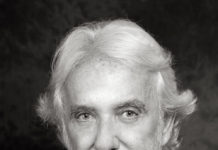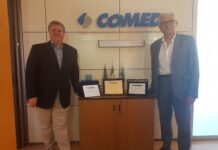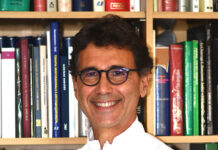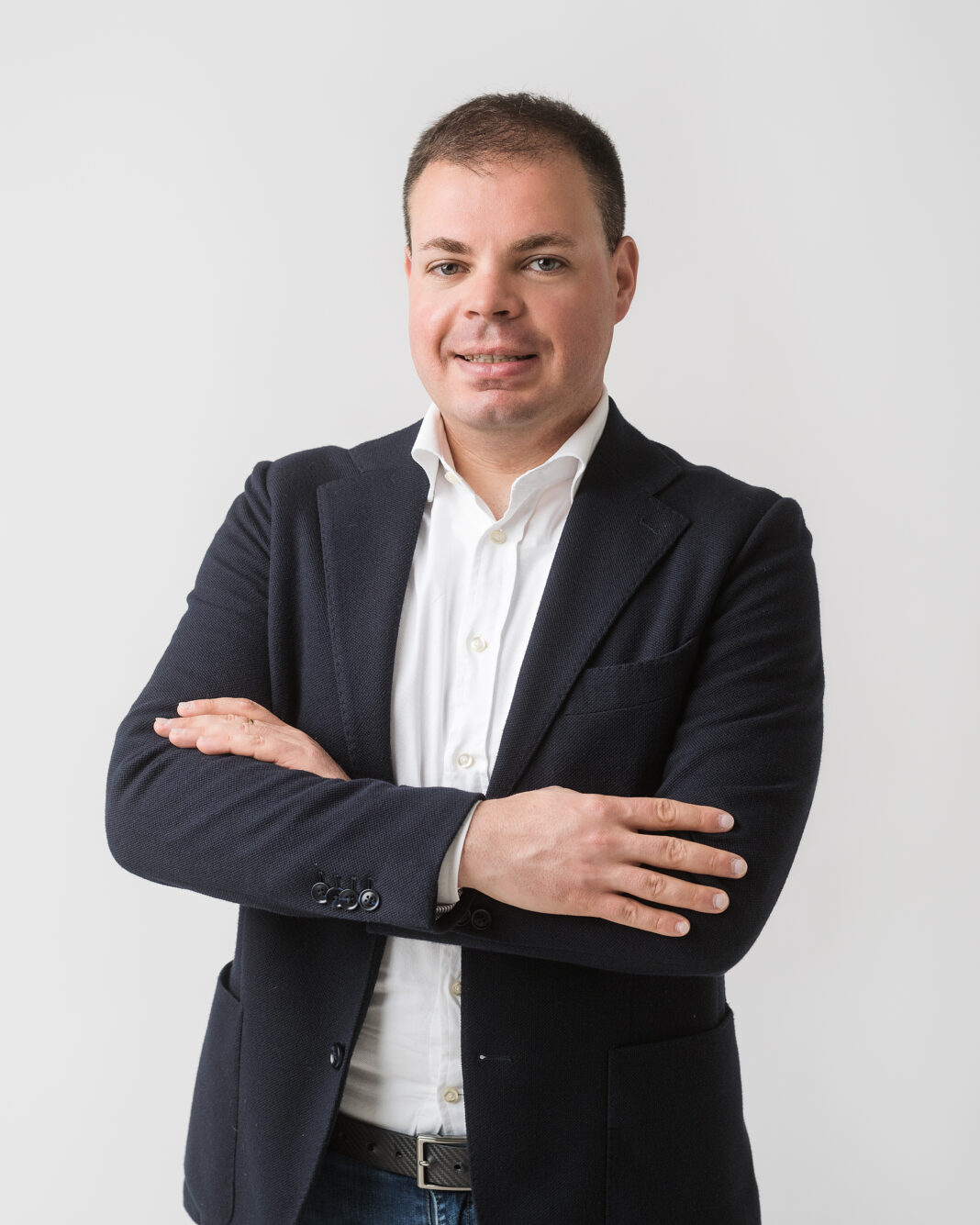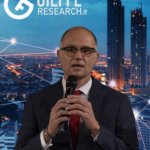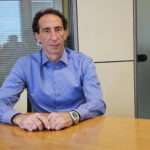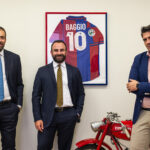The Transition 5.0 Plan, complementing the previous Transition 4.0 Plan, is part of a broader national and European strategy aimed at supporting the digital and energy transformation of businesses. It’s no longer just about digitizing processes: today, the focus also shifts to environmental sustainability and integrating the human element into production systems. The Plan, aligned with the short- and medium-term measures of the European REPowerEU package, includes financial resources amounting to €6.3 billion (of which just under €1 billion has been allocated so far, meaning there is still ample availability). It aims to support companies in tackling the so-called “twin transitions”: digital and green. We discuss it with Engineer Mauro Natalizia, a technical consultant specializing in industrial transformation and business innovation.
By Roberta Imbimbo
Engineer Natalizia, how would you define Transition 5.0 in simple terms?
Transition 5.0 is a new vision of industrial innovation, marking a profound evolution from the previous model. It’s an approach that integrates digitalization, environmental sustainability, and the centrality of the human factor into a single transformational process. The Factory 5.0 is not only connected, automated, and data-driven, but also aware and respectful of the environment in which it operates and the well-being of the people who bring it to life. The core of Transition 5.0 is “augmented production”—not just in terms of efficiency and competitiveness, but also in terms of value: environmental value through the reduction of waste and emissions; human value through the enhancement of skills and workplace safety; and social value, because a sustainable company is also one that is responsible towards the community it operates in.
How does it differ from Transition 4.0?
Transition 4.0 was crucial as it laid the groundwork for digitizing various industrial sectors. However, it was still largely focused on technical efficiency, machine connectivity, and process automation. Transition 5.0 goes further: it broadens the perspective and shifts attention to the overall impact of the company. It’s a systemic approach that requires a reassessment of decision-making models, corporate governance, and strategic priorities. Operationally, this translates into tangible actions: real-time monitoring of energy consumption, the use of artificial intelligence to optimize resources, the design of products with longer life cycles and reduced environmental impact, as well as continuous training for workers and greater attention to well-being and safety on production lines. In short, it’s a transition that brings together technology, the environment, and people into a unified evolutionary framework to restructure production processes to be smarter and more efficient.
From this perspective, how does the role of the consultant change?
It becomes even more central—almost strategic, I would say. The consultant today is a transformation partner, a facilitator, an ally in change. With Transition 5.0, it’s no longer enough for companies to implement a technology: they must understand its systemic impact, assess its sustainability, and integrate it into an industrial plan aligned with energy, environmental, and skills development goals. All this requires an integrated and multidisciplinary approach, which is exactly what a consultant can and must provide.
What, then, is the added value of well-structured consulting?
The added value lies in the ability to bring method (translating complex concepts into concrete solutions tailored to individual business contexts), clarity, and fast decision-making. The technical consultant should serve as the bridge between innovation, sustainability, and competitiveness. If carefully chosen and well integrated into the decision-making processes, they can become a true multiplier of value for any company seeking to successfully navigate Transition 5.0.














